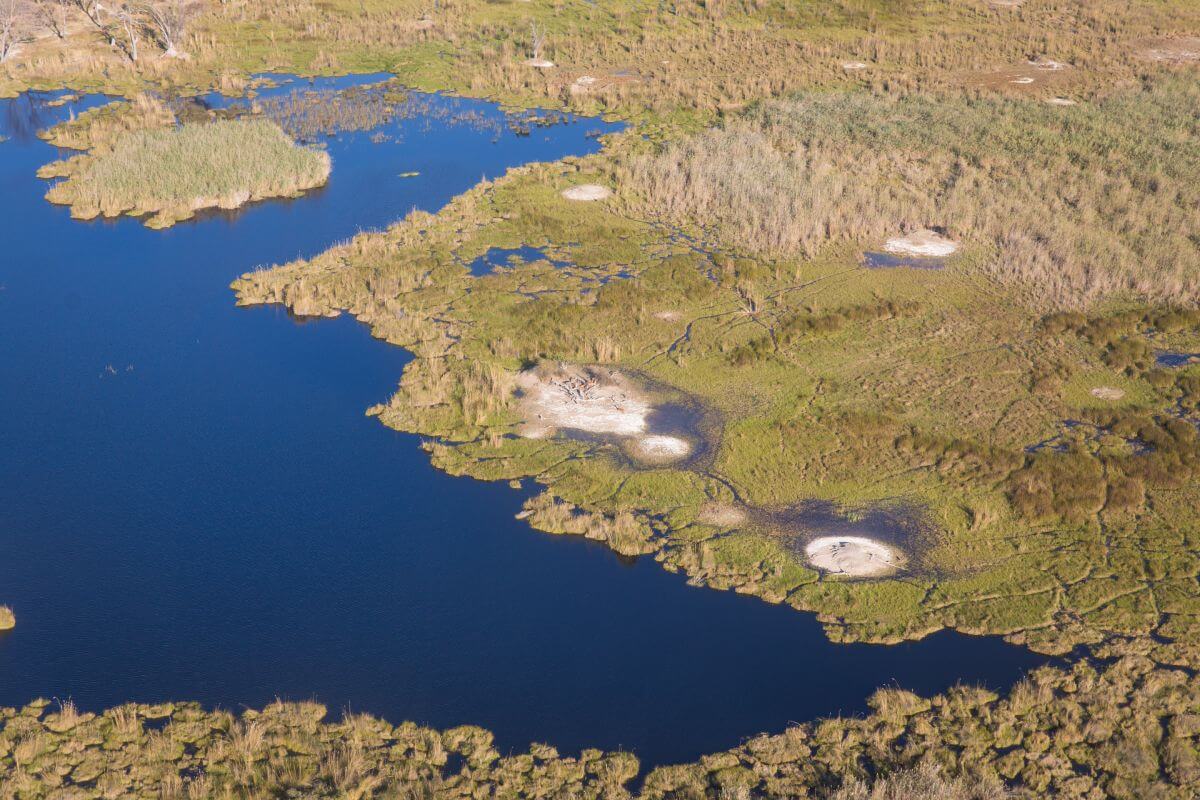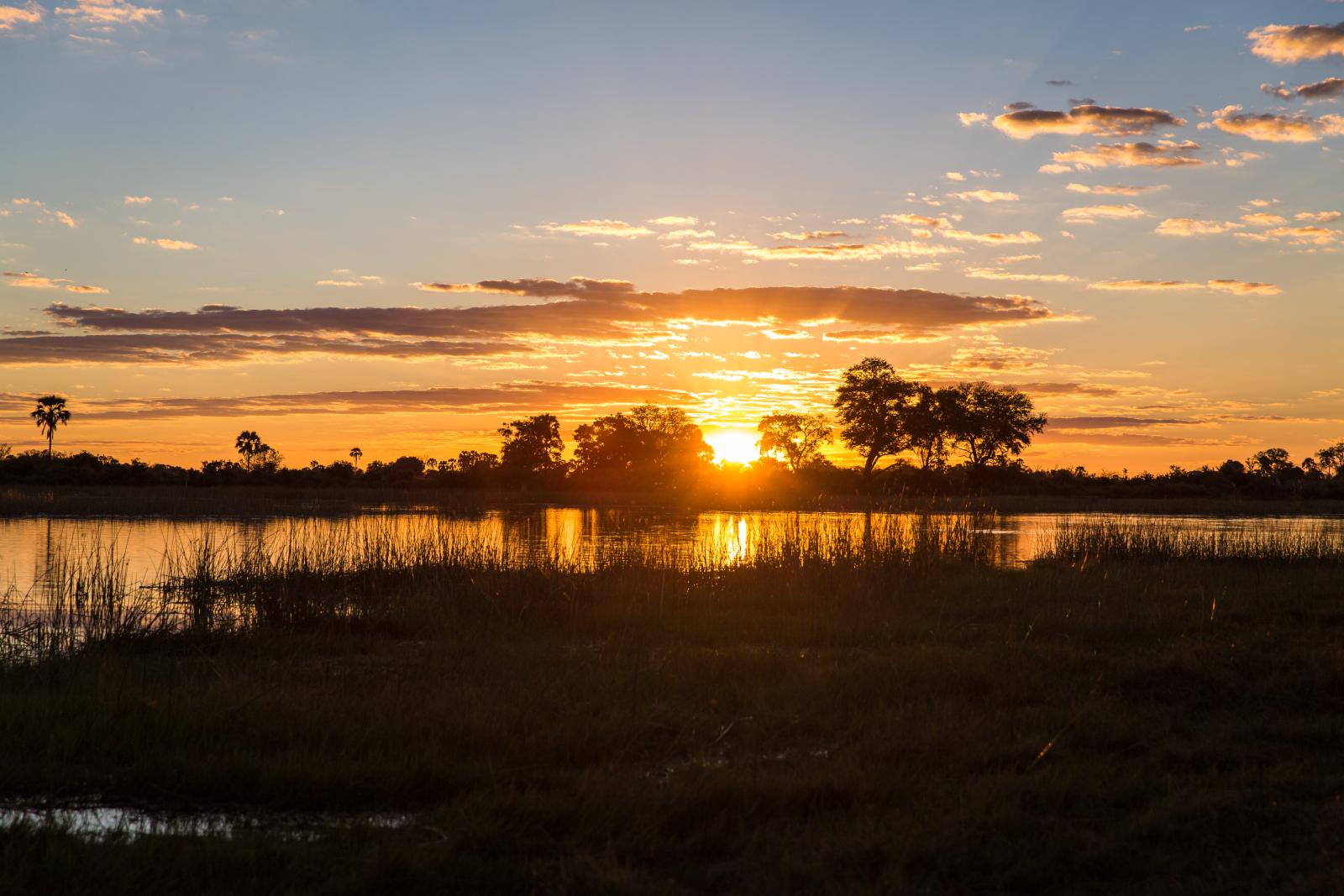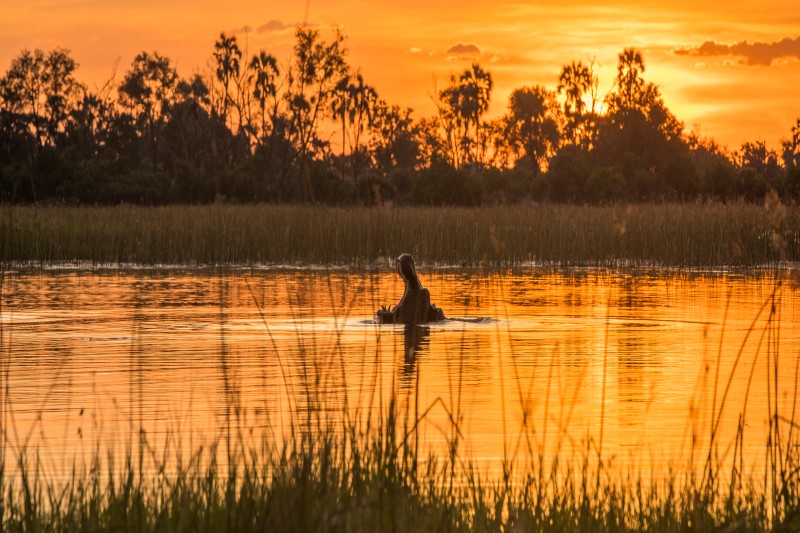Overview
The Okavango Delta, located in the Northern part of Botswana, It is one of the world’s largest inland deltas spanning over 15,000 sq. km and is renowned for its unique ecosystem, diverse wildlife, and breathtaking landscapes. The delta never meets the ocean, instead, its crystal-clear waters vanish into the Kalahari Desert, creating a unique oasis teeming with wildlife. As a UNESCO World Heritage Site, visitors are treated to sights of majestic elephants, prowling lions, leopards, vibrant bird species, and elusive African wild dogs. A journey to the Okavango offers an unparalleled wildlife experience, where nature flourishes amidst a pristine, untouched wilderness. It’s a must-visit destination for anyone seeking Africa’s raw beauty and tranquillity.
























